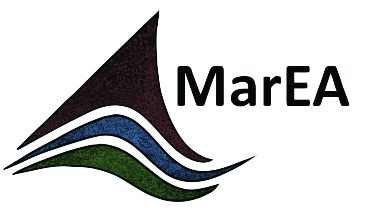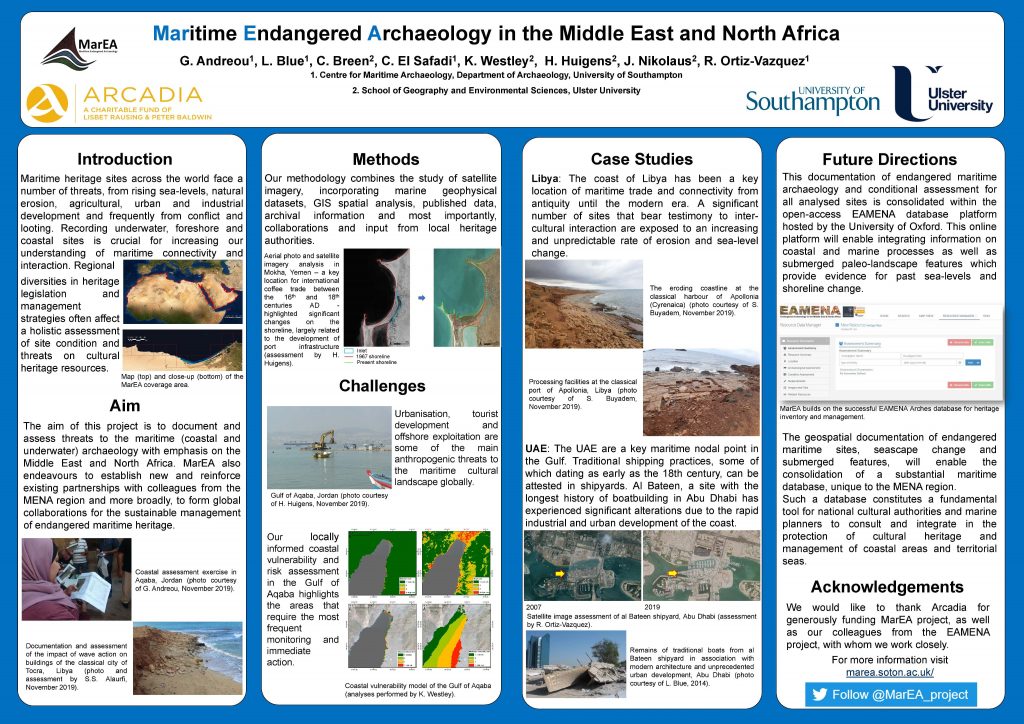Through building and reinforcing partnerships with countries in the region, in addition to recording and documenting sites, MarEA endeavours to establish foundations for the sustainable management of the endangered maritime heritage.
The coastal zone in the MENA region is under huge threat from natural and human impacts. Cultural heritage in this zone is being lost at an alarming rate and there is a critical need to document the coastal and underwater heritage before it is lost.
The relationship of maritime sites to the sea is often dynamic and changeable over time and space. Therefore, to be sure of the function of archaeological features, it is important to know how they related to the coastline and the sea, and how this relationship has changed over time, given changes in sea-level over millennia.
MarEA will document the coastal zone in a comprehensive manner, noting all coastal, near-shore and underwater sites visible from satellite images and recorded in extant documentation, data and archival imagery. It will work in close partnership with and adopt the principles of the EAMENA project with respect to the methodology of documentation, data capture and storage. It mirrors the EAMENA’s regional scope with a sole focus on the dynamic coastal and near-shore underwater zone.
In order to determine the nature and degree of threat, the MarEA team will document the changing nature of maritime archaeological sites. An appreciation of local to regional-scale sea-level change, sedimentary and erosional processes, provides a framework within which to identify and interpret coastal and underwater sites with respect to their location both past and present.
Building on the EAMENA methodology, MarEA will extend the existing open access spatial database, built using Arches, through the inclusion of all maritime heritage sites (i.e. encompassing coastal as well as near-shore/underwater, including reference to deep water archaeological sites) and integration of information on coastal and marine processes as well as on offshore palaeo-landscape features which evidence past sea-level and shoreline change. The database will continue to be made freely available to users.



